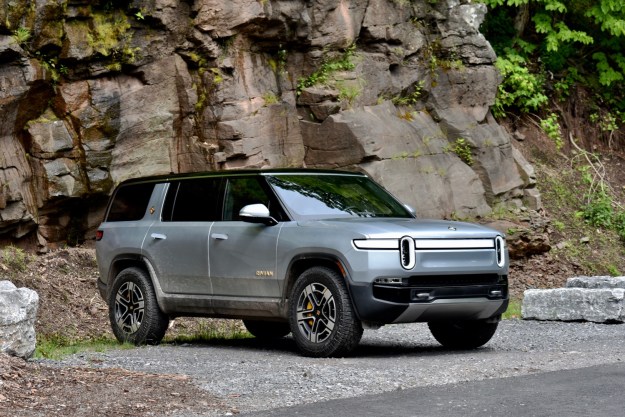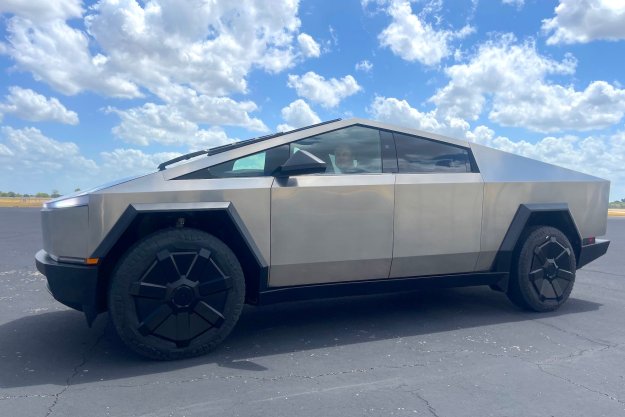A new Rolls-Royce Phantom doesn’t come along every day. In fact, there have only been seven range-topping Rolls-Royce estate cars since its inception — 92 years ago. Today marks the eighth.
To carry on the Phantom’s legacy as “the best car in the world” — a title granted by Autocar in the 1920s — the Rolls-Royce Phantom VIII introduces fresh styling, an all-new platform, advanced technology, and greater levels of luxury than ever before.
Rolls-Royce calls its new scalable platform the “Architecture of Luxury.” After the Phantom VIII, the U.K. automaker will apply its all-aluminum spaceframe underpinnings to the upcoming Cullinan SUV and the next Ghost, Wraith, and Dawn. Approximately 30 percent more rigid than the Phantom VII’s platform, the new architecture will focus on ride, acoustic, and seat comfort, in addition to exterior presence and interior space.
“The Architecture of Luxury gives me the canvas to protect the lineage and brand integrity of Rolls-Royce without compromise,” said Giles Taylor, Rolls-Royce’s director of design. Paired with the new chassis will be the latest generation self-leveling air suspension, four-wheel steering, stability control, a new double-wishbone front axle, and 5-link rear axle.
With this new Phantom, Rolls-Royce set out to build the “most silent motor car in the world.” To that end, the premium sedan features more than 286 pounds of sound insulation, two-layer glazing, massive cast-aluminium joints, and the use of high absorption materials. As a result, the new Phantom is 10-percent quieter than its predecessor at 62 mph.
To help facilitate quiet, robust thrust, a brand new V12 motor was slotted under the Phantom’s long hood. A twin-turbocharged 6.75-liter V12 produces 563 horsepower and 664 pound-feet of torque. A Satellite Aided Transmission (SAT) mates with a ZF eight-speed gearbox for smooth, fluid power.
Not only will the Phantom be quiet and quick; it was also be advanced — the most advanced Rolls-Royce ever, in fact. The Phantom VIII will use the largest electronic architecture (ECU) of any BMW Group model. Some key features include Alertness Assistant, a four-camera system with Panoramic View, all-round visibility including helicopter view, Night Vision and Vision Assist, Active Cruise Control, collision warning, pedestrian warning, cross-traffic warning, lane departure and lane change warning, an industry leading 7×3 High-resolution head-up display, Wi-Fi hot spot, and of course the latest navigation and entertainment systems.
Visually, the Phantom VIII adopts evolutionary design cues that combine for a classy new physique. “Phantom is the epitome of effortless style, an historical nameplate that occupies a rarefied space in the luxury constellation and conjures a rare magic all of its own,” Taylor said.
Rolls-Royce endeavored to make the new Phantom look as seamless as possible, with very few visible panel join lines. At the front, the Pantheon grille is raised higher than the Phantom VII, which also raises the Spirit of Ecstasy hood ornament. The grille is also integrated in the front fascia for the first time. A new headlight design with laserlight technology can cast a beam of 600 meters at night.
The character line begins at the top edge of the grille, moving outwards along the body to the rear, while the front wing line fades just after the door handle. In profile, the car continues to use 2:1 proportions, with short front and long rear overhangs. The new Phantom’s side frame is the largest single piece of hand-polished stainless steel ever applied to a car. The rear glass is more raked than the Phantom VII, with a subtle scallop on the rear roofline for generous headroom. Finally, new 22-inch wheels are the largest alloys ever fitted to a Rolls-Royce product.
Inside, the Phantom VIII features “The Embrace” — Taylor’s futuristic interior design vision. The idea is that nothing detracts from calmness and tranquility inside. Technology is hidden until required, spaces and surfaces are clean, and everything is drop-dead gorgeous. The rear seats have been made more comfortable, the Starlight headliner is bigger, and a new rear center console incorporates a drink cabinet with whisky glasses and decanter, champagne flutes and coolbox. Life is good in the rear cabin.
Drivers and front passengers won’t be disappointed, however. The “Gallery” dashboard has been redesigned with a new 12.3-inch TFT driver display. This element in particular might be controversial, as all Rolls-Royce vehicles have used gorgeous analog gauges until now. At least the analog clock remains.
All told, the eighth generation Rolls-Royce Phantom may not look dramatically different from its predecessor, but every element of its plush interior, incredible powertrain, and tranquil ride quality has been improved. We can’t wait to experience the most premium Rolls-Royce ever.
Editors' Recommendations
- Check out Spectre, Rolls-Royce’s first all-electric car
- How Johnny Cash’s Rolls Royce transformed into a Tesla-powered EV


